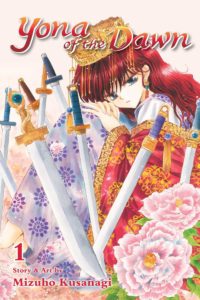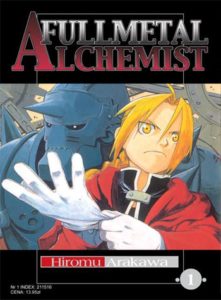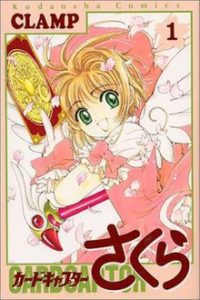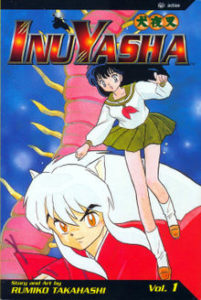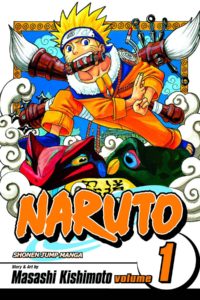Introducing Manga
Manga (manga can be a singular word or a plural word) are graphic novels that cover a wide range of stories. You can find stories aimed at teens like you to adults to even grandparents. The style comes from Japan and requires a bit of practice to learn how to read. Manga reads more like a movie than a regular book. The pictures tell the story more than the words, and you can read many manga in as little as 20 minutes once you get used to them.
Manga is Good for Your Brain
Reading manga engages your mind in ways regular books don’t. Learning to read pictures, words, and even Japanese sound words together helps you process images faster and with more accuracy. This is called multimodal thinking. In our visual society, that ability can really help! Manga is also great for people on the autism spectrum. The visual language manga uses helps those with autism recognize and understand the emotions of the characters better.
How to Read Manga
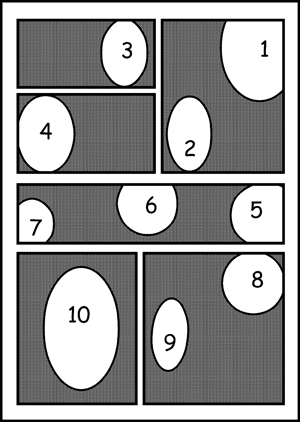
Manga reads from right to left, which takes some getting used to. You’ll often see sound effects drawn with Japanese characters. Most of the time, you can figure out what they mean, but I’ve written a guide that will help you. The guide gets a little technical, but at the bottom of the article you’ll see a list of Japanese onomatopoeia and their English meanings. Japanese has 3x more sound words than we have in English, so often the sound doesn’t really have a good English version.
Manga (and anime) uses a distinct visual language such as sweat drops, deformations, and huge eyes to show character emotions. You’ll see poses like the orz and gestures like akabe. The links in the previous sentences will help you learn more if you aren’t certain.
You’ll also see words added to the end of names, such as -chan and -san. These are called honorifics. They work like saying Mr. and Mrs., but they can be a bit confusing too. Of course, if you want learn more about how they are used, look at this article about honorifics.
Manga for Beginners
